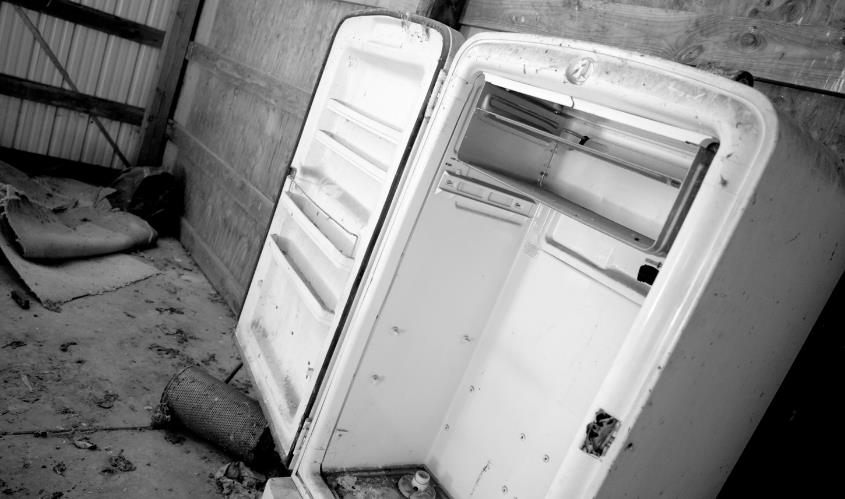
How To Get Rid Of White Goods?
White goods take up a large portion of our homes and workplaces. What are they, though? Large electrical equipment used in the home, such as refrigerators and washing machines, are known as white goods. Some of these large appliances can be extremely difficult to install, and once these items passed their time, they can be much harder to remove and discard.
It might be challenging to determine whether particular white goods are recyclable or not, and if not, where they should be disposed of responsibly. Asking a professional rubbish removal company like Snappy Rubbish Removal for assistance in properly disposing of your household things might be a good option.
What Are White Goods?

The general phrase “white goods” refers to the conventionally styled home appliances that were often coated in a white enamel finish. Despite the wide range of designs & colours available in today’s market, the name has well and truly stuck & are known for their relatively long shelf life.
Types of White Goods
You have owned a type of white goods if you have ever owned a refrigerator, washing machine, clothes dryer, air conditioner, or water heater. Several household products come under this category, though, that don’t fall under the white enamel category.
They include:
- Dishwasher
- Clothes dryer
- Stoves
- Oven
- Cooktop
- Range-hood
- Freezers
- Refrigerator
- Water heater
- Washing machine
- Microwave
- Air Conditioner
Brown Goods vs White Goods
Brown and white appliances differ significantly in a few key ways. While the term “white goods” refers to domestic items that are customarily white, the term “brown goods” refers to older televisions that came with a faux-wood cabinet to sit on. This faux wood was used as a support for televisions and other devices to make them look more appealing as the main focal point of a room. Old Televisions, DVD players, stereos, and home entertainment systems are examples of brown products.
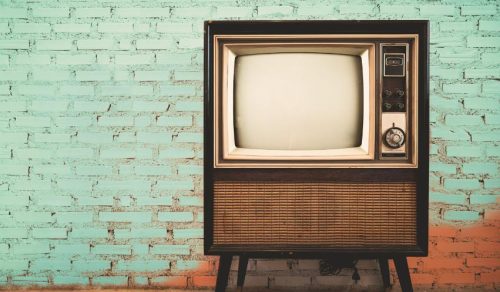
Given that their immediate areas are distinct from one another, brown and white appliances can also be identified by the various ways they are repaired, replaced, disposed of, and removed. Furthermore, white and brown appliances should not be recycled or removed together because they have different environmental effects and might increase the amount of e-waste in landfills if improperly disposed of.
How To Dispose of White Goods?
1. Recycle It
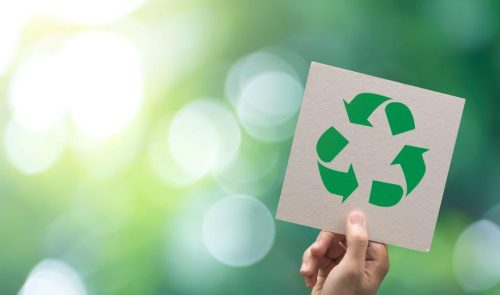
White items are constructed of recyclable metal and plastic. White goods’ metal can be recycled to create new things. These hefty non-biodegradable items stay in landfills for years after being disposed of there. Donate your white goods to a recycling firm to lessen the quantity of waste that ends up in our landfills.
2. Garage Sale
If your white goods are still in good condition but you want to replace them, consider selling them rather than putting them in the trash. With today’s excellent internet access, you can either post them online or through local classified sales. Then you can spend that money on new purchases or donate it to a good cause.
If you’re not able to sell it, you can post them up for exchange offers. Public exchanges of practically all sorts of electrical appliances are made possible by programmes offered by large firms like Amazon.
3. Donate It
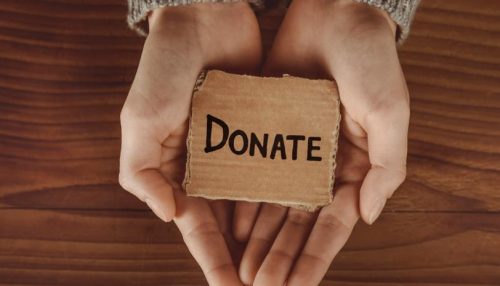
Find a charity that might benefit from the washing machine you no longer use. Giving a working oven to a domestic abuse shelter, an orphanage or a home for the elderly not only improves the world but may also allow you to claim a charitable tax credit.
4. Contact Your Retailer
Ask your shop if they remove the items as they become outdated before purchasing a new white good. Most stores that accept these items back can recycle them or get sustainably rid of them. Whether your shop won’t accept the returned merchandise, check with your neighbourhood municipal public works department to see if they have a set procedure for getting rid of your old washing machine.
5. Contact a local Appliance Repair Training School
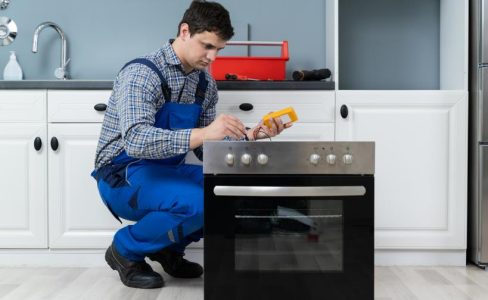
Check to see if your neighbourhood has a school where students can learn how to fix white goods appliances. If there is, get in touch with them to ask if they accept the use of such tools for training.
6. Sell the goods to a scrap merchant
Contact a nearby scrap dealer if you don’t have a different way to dispose of your white goods appliances. They will want you to deliver the goods to their stores if you have a vehicle.
However, it’s vital to remember that refrigerators and freezers contain coolants that require particular disposal; avoid selling them to a junk dealer if they don’t have the equipment to do so.
White items are generally robust. Before they break, you will use them for many years. However, keep in mind to properly dispose of your old appliances if you must replace them.
Do you have no idea to dispose of ovens, refrigerators, freezers, or other white goods? For a free consultation, call Snappy Rubbish Removal at 02080999767.